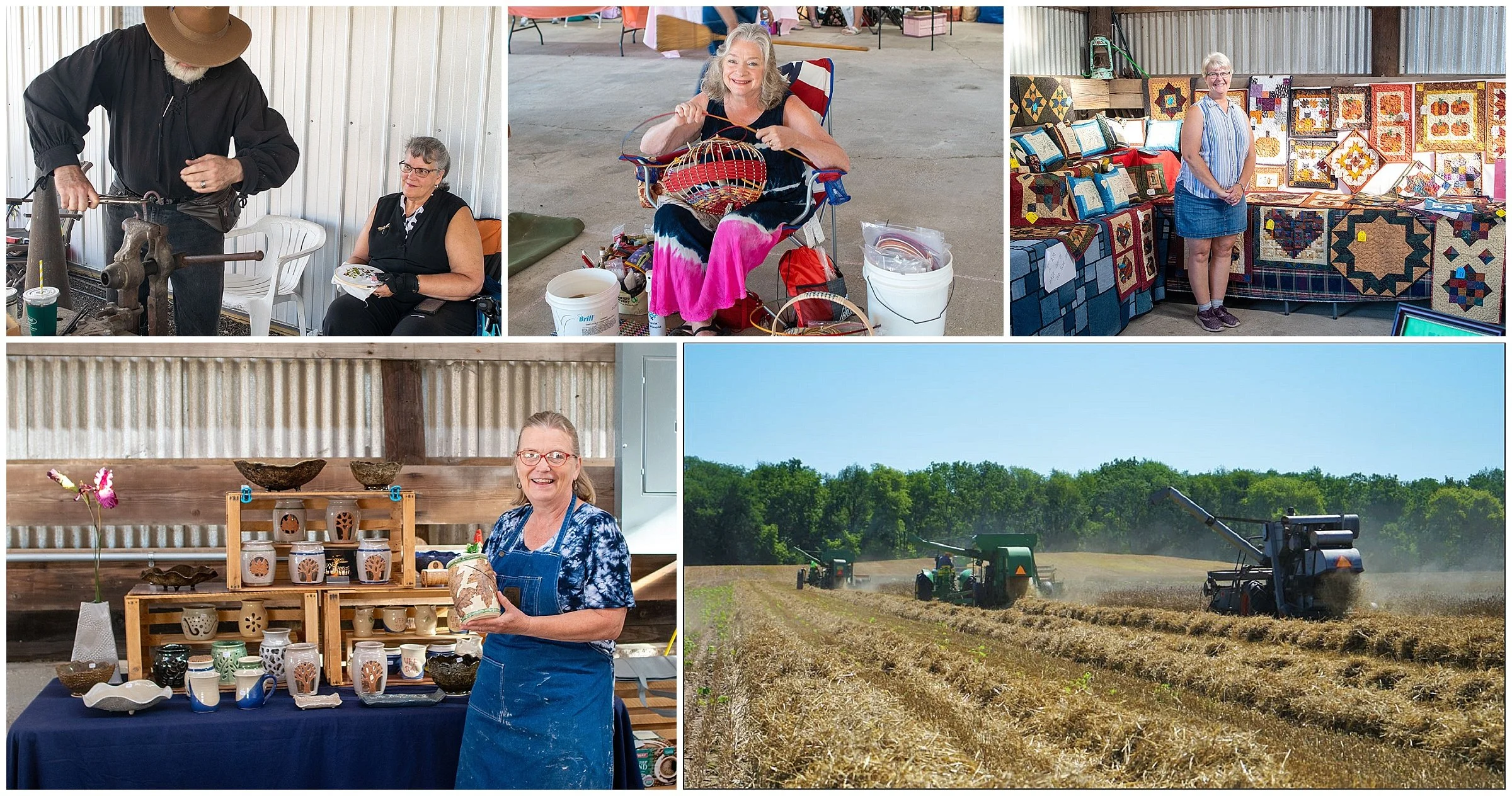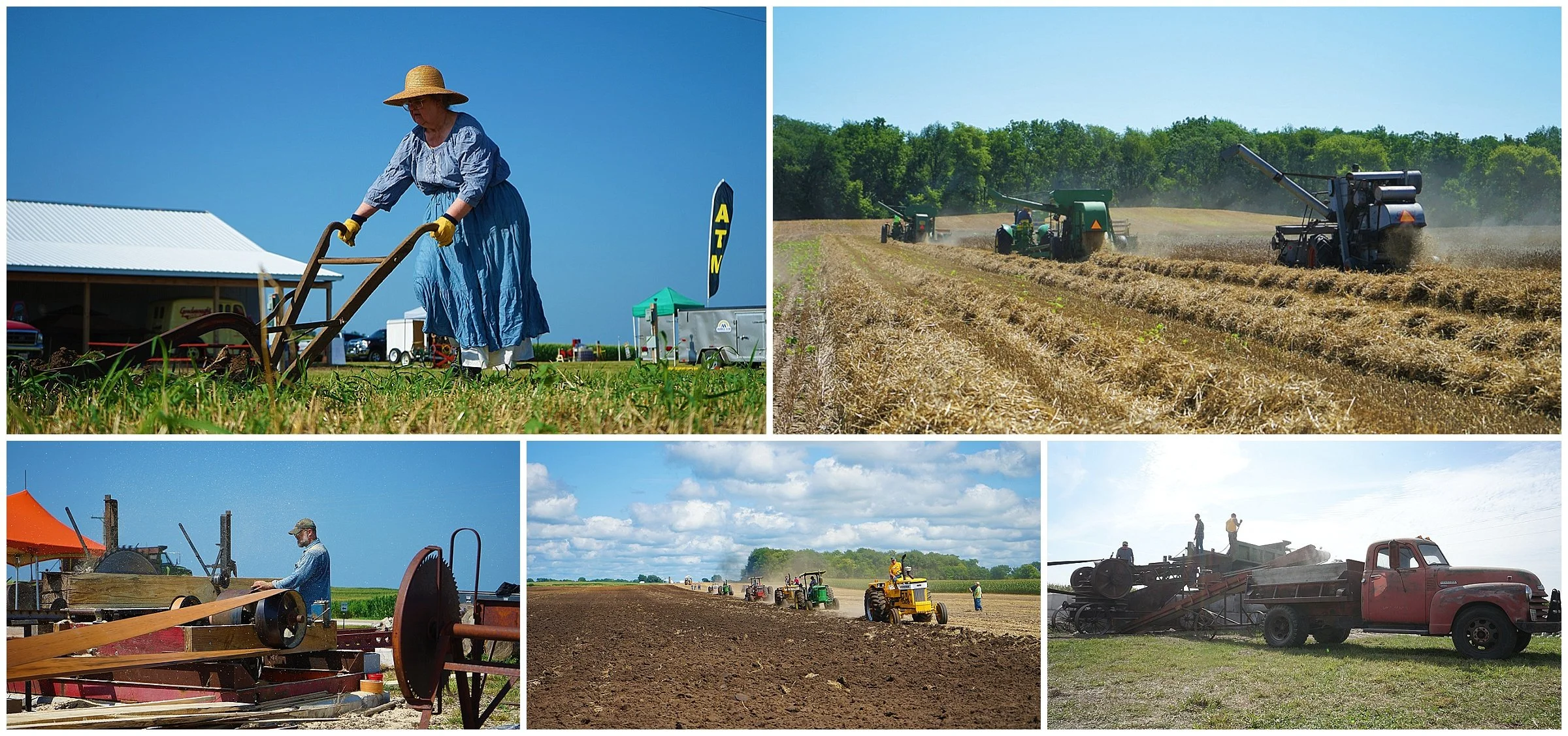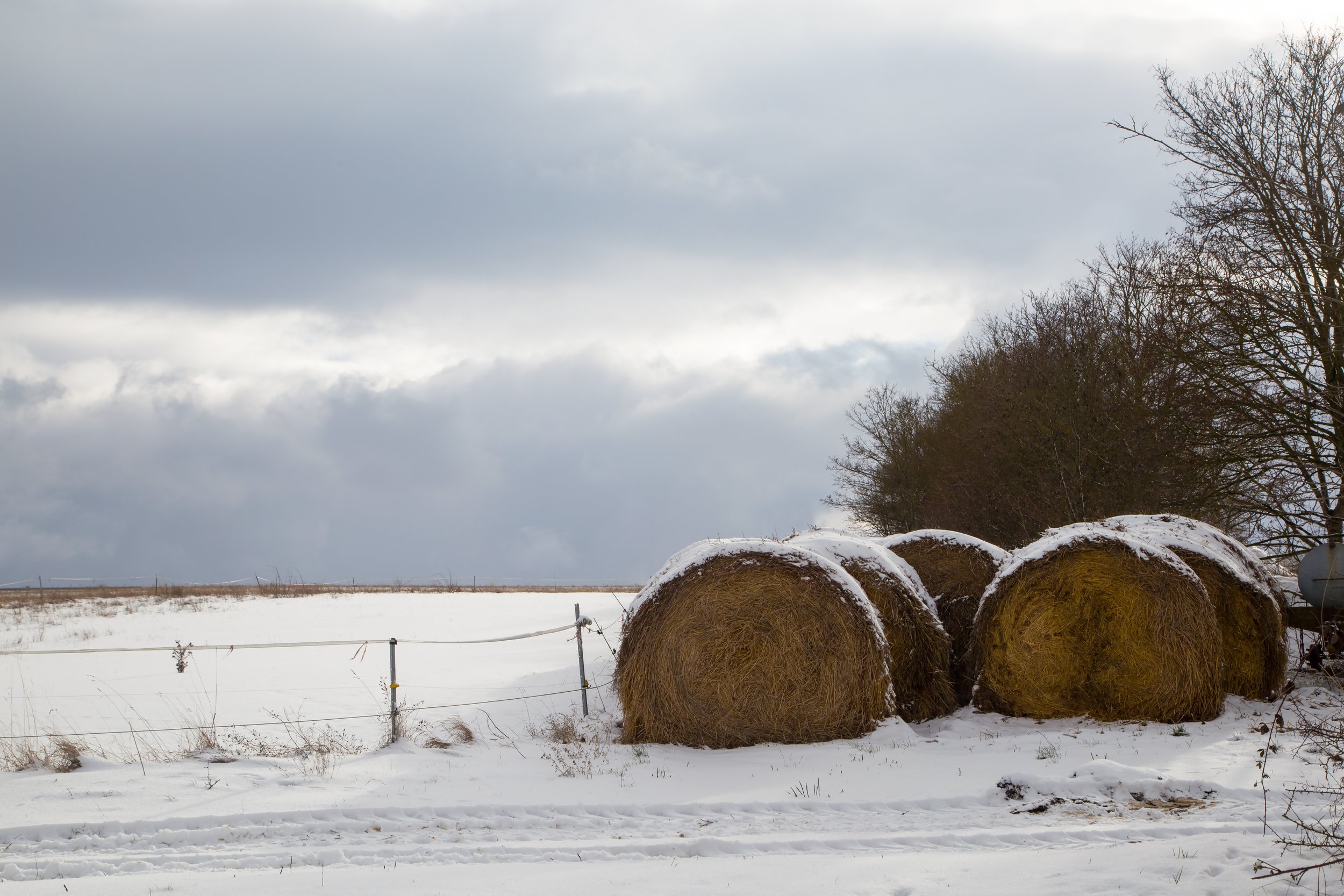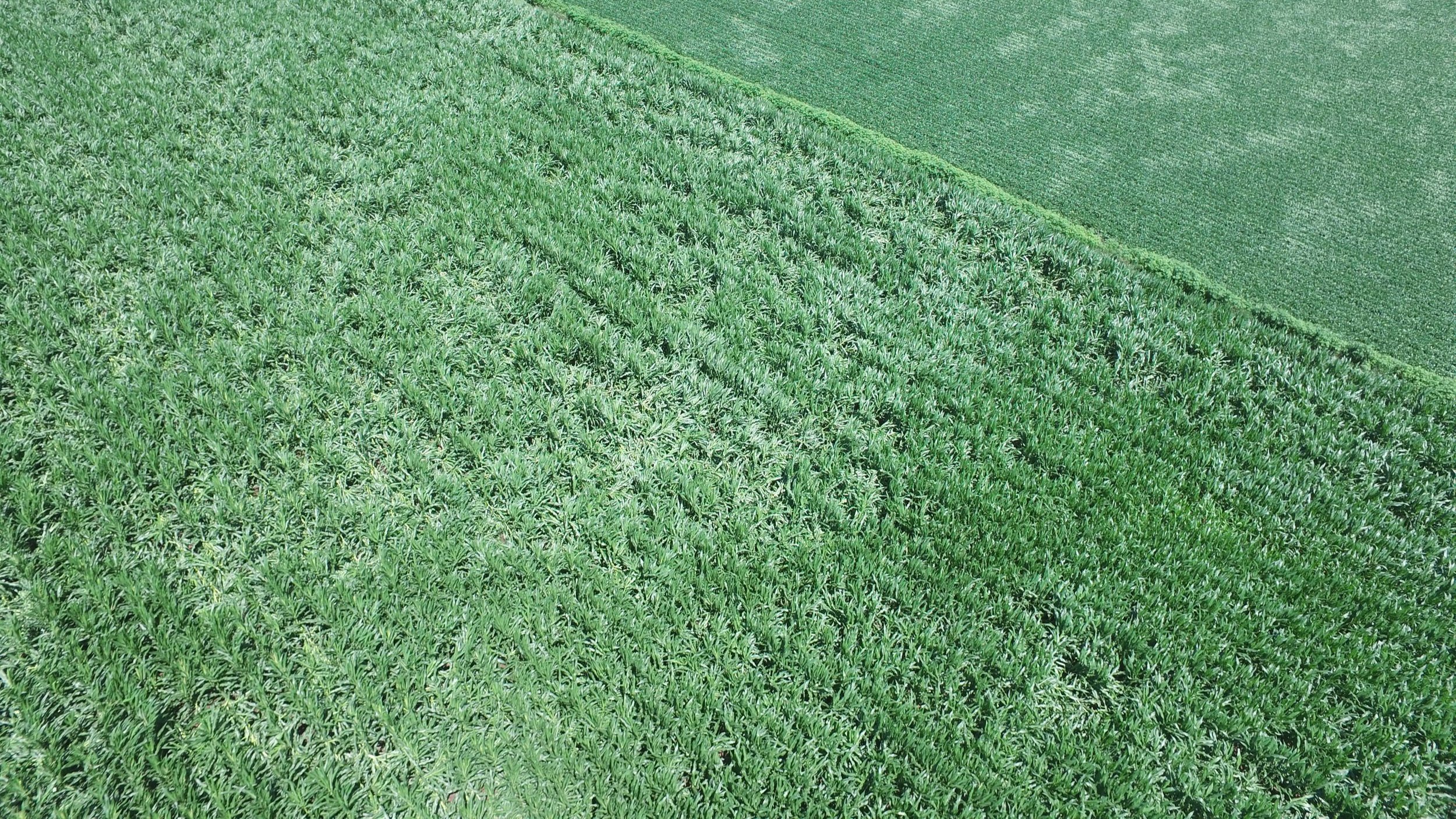For small and mid-sized farmers, the current economic landscape is more than challenging—it’s personal. Every dollar counts, every yield matters, and every decision impacts not just the farm, but the family and the legacy tied to it. In this environment, planting non-GMO hybrids offers a practical and profitable way to regain control and improve resilience.
Save Money Where It Matters Most
Non-GMO seeds are more affordable than GMO varieties, meaning less of your hard-earned money goes toward upfront costs. Additionally, non-GMO farming often requires fewer expensive herbicides and pesticides. When every expense on the farm feels heavier than ever, these savings add up quickly and can make the difference between breaking even and turning a profit.
Put More in Your Pocket with Premium Markets
There’s a growing demand for non-GMO crops from consumers who want transparency in their food. Many buyers are willing to pay premiums for non-GMO grain, creating a unique opportunity for farmers to earn more per bushel. Unlike many farming practices, planting non-GMO hybrids doesn’t just cut costs—it can increase income, giving you a much-needed edge in a competitive marketplace.
Proven Yields Without the Extra Costs
Some farmers worry that non-GMO hybrids can’t compete with GMOs in yield, but the results speak for themselves: non-GMO hybrids are delivering competitive—and in some cases, superior—yields in real-world conditions. In organic systems, yields exceeding 267 bushels per acre aren’t just theory—they’re happening. Plus, with non-GMO seeds, you’re not locked into someone else’s traits. You have the freedom to choose genetics that fit your fields, your soil, and your farm.
Take Back Control of Your Farm
One of the biggest frustrations for small and mid-sized farmers is feeling trapped—by rising costs, by market demands, by contracts with big seed companies. Non-GMO hybrids break that cycle. They give you more independence to make decisions that fit your needs, not someone else’s agenda. Companies like Prairie Hybrids support farmers with personalized service and expert recommendations to help you succeed on your terms.
Better for the Land and Your Family
Your farm isn’t just a business—it’s your home and your future. Non-GMO farming supports healthier soil, fosters biodiversity, and reduces chemical use. That’s better for the environment, your family, and the generations that will work your fields after you. It’s not just sustainable; it’s practical stewardship that benefits everyone.
A Smarter Path in a Tough Economy
For small and mid-sized farmers, every decision is a balancing act. Non-GMO hybrids provide a clear path forward: lower costs, higher earning potential, competitive yields, and greater independence. In today’s weak farm economy, planting non-GMO isn’t just a choice—it’s a strategy for survival and success.
Take the step. Choose non-GMO hybrids and build a stronger, more resilient future for your farm and your family. If you would like to talk about options Selected and Produced for your farm, please reach out to Curt at Maplewood Ag. Call or text 309-314-3603.




























